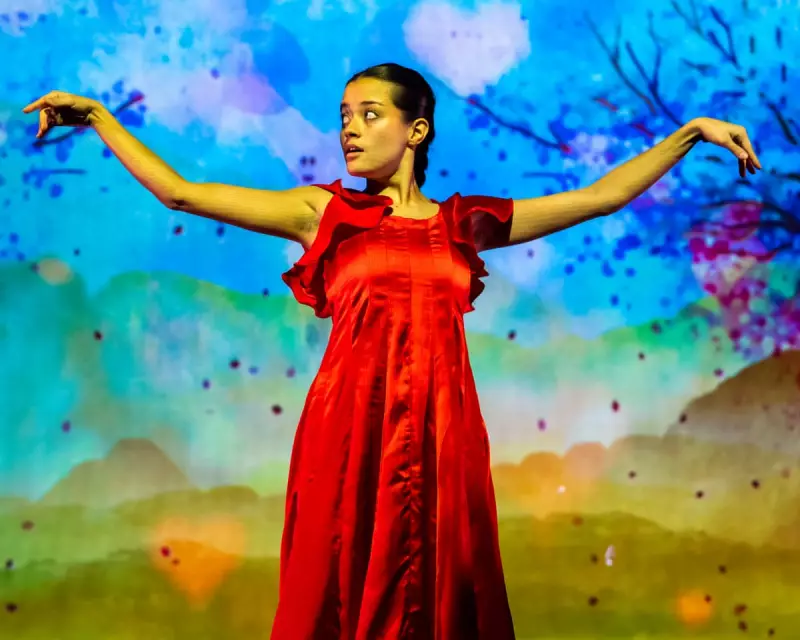
In the intimate space of London's renowned dance venue, The Place, Bibi Rukiya's Restless Daughter emerges as a hauntingly beautiful exploration of cultural displacement and the search for belonging. This compelling new work transforms personal narrative into universal resonance through the language of movement.
A Choreographic Journey Through Heritage
The production unfolds as a deeply personal yet universally accessible meditation on identity. Rukiya, serving as both choreographer and performer, demonstrates remarkable versatility in her movement vocabulary. Her performance shifts seamlessly between moments of explosive energy and delicate stillness, creating a dynamic emotional landscape that keeps audiences utterly captivated.
The Power of Solo Expression
What makes Restless Daughter particularly striking is its masterful use of solo performance. Rukiya commands the stage with such presence that the space feels populated by multiple energies. Her movements speak volumes about the complexities of navigating multiple cultural identities, with each gesture and step revealing layers of meaning about heritage, expectation, and personal freedom.
Atmospheric Storytelling
The production's technical elements work in perfect harmony with the choreography. The lighting design creates shifting emotional landscapes, while the soundscape weaves traditional and contemporary elements into a rich auditory tapestry. These components don't merely support the dance—they become active participants in the storytelling, enhancing the overall immersive experience.
A Testament to Contemporary British Dance
Restless Daughter stands as a significant contribution to the UK's contemporary dance scene. It demonstrates how personal stories can achieve profound artistic significance when translated through the body's expressive capabilities. The work feels both timely and timeless, addressing current conversations about identity while speaking to enduring human experiences.
The production's success lies in its ability to balance specific cultural references with broadly relatable emotional themes. Audience members from diverse backgrounds will find points of connection with Rukiya's exploration of what it means to belong, to remember, and to forge one's own path.
As the final movements fade, Restless Daughter leaves a lasting impression—not just as a performance to be watched, but as an experience to be felt. It confirms Bibi Rukiya as a distinctive and important voice in British dance, one whose artistic explorations promise to continue enriching the cultural landscape for years to come.





